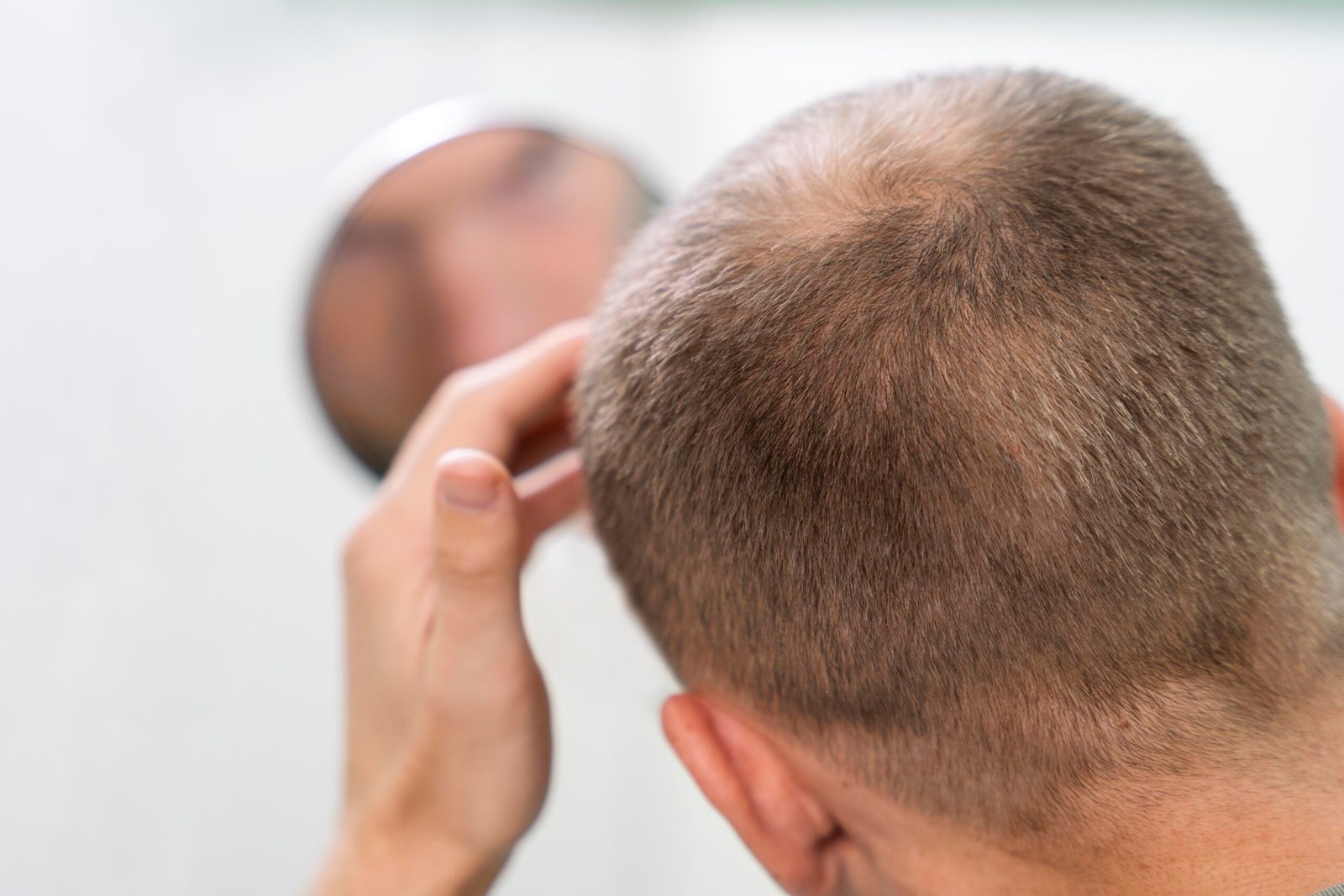Hair transplantation
Hair transplantation – beard transplantation

Hair transplantation is a modern, scientifically proven surgical technique that aims to restore hair loss in specific areas of the scalp, whether due to hereditary baldness, burns, or injuries. This field has witnessed tremendous development over the past decades, transforming from a simple cosmetic procedure into an exact science based on advanced tools and techniques that guarantee natural and lasting results. Hair transplantation is no longer the preserve of celebrities or the wealthy; it has become an available solution for many who suffer from the impact of hair loss on their self-confidence and quality of life.
This article aims to provide a comprehensive and in-depth overview of everything related to hair transplantation, from its types and methods, to its conditions and results, including potential drawbacks and important advice before and after the procedure. We will cover each aspect in detail to provide a comprehensive guide for anyone considering undergoing this procedure.
What is a hair transplant?
Hair transplantation is a surgical procedure in which doctors transfer hair follicles from a donor area (a hair-rich, bald area, often the back or sides of the head) to a recipient area (the area experiencing hair loss). These follicles are known to be genetically resistant to hair loss, ensuring that the transplanted hair will continue to grow for a lifetime. Modern hair transplantation techniques mimic the natural hairline and density, making the results indistinguishable from original hair. This delicate procedure requires extensive expertise from the surgeon and the team to ensure optimal aesthetic results.
The transplantation procedure is usually performed under local anesthesia, allowing the patient to remain awake and comfortable during the procedure.
The procedure takes several hours, and its duration depends on the number of follicles to be transplanted and the complexity of the case.
Reasons for Hair Transplantation
Many people seek hair transplantation for several reasons related to appearance and psychological health, the most prominent of which are:
Hereditary baldness, which primarily affects men.
Hair loss resulting from hormonal changes.
Accidents or burns that lead to hair loss.
Women’s desire to restore hair density after pregnancy and childbirth.
Hair loss in the beard or eyebrows.
Types and Techniques of Hair Transplantation
Hair transplantation techniques have evolved significantly, and there are now many methods available to suit different conditions and needs. Each technique has its own advantages and disadvantages, and the doctor determines the most appropriate technique for each case after a thorough diagnosis:
FUE (Follicular Unit Extraction) Technique
FUE (Follicular Unit Extraction) is currently the most common and popular technique. This technique relies on extracting hair follicles individually, one by one, from the donor area using a precise instrument similar to a small hole. This technique has the following advantages:
It does not leave a linear scar in the donor area, leaving only very small, invisible scars.
The recovery period is faster and less painful compared to other techniques.
Hair transplantation using this technique allows for very natural results.
It is suitable for patients who prefer to cut their hair very short.
FUT (Follicular Unit Transplantation) Technique
FUT (Follicular Unit Transplantation) is known as a traditional and effective technique. The surgeon removes a small strip of skin from the donor area, then divides it into small follicular units under a microscope. These units are then implanted in the recipient area. Although this technique is less commonly used now, it is still a good option in some cases:
Hair transplantation using this technique allows for a large number of follicles to be obtained in a single session.
It may cost less than the FUE technique.
It leaves a linear scar in the donor area that can be hidden by hair.
DHI (Direct Hair Implantation)
DHI (Direct Hair Implantation) is an evolution of the FUE technique. In this technique, follicles are extracted and implanted directly using a special instrument called a Choi Implanter Pen. This pen combines the opening and implantation processes into a single step, reducing the time the follicles remain outside the body and increasing their chances of survival.
This technique allows complete control over the angle, depth, and direction of hair follicle growth.
Sometimes, a complete shave is not required.
The results are very natural and highly voluminous.
Hair Transplant Candidate Conditions and Eligibility
Not every case of hair loss is suitable for a hair transplant. There are a number of basic conditions that a candidate must meet to ensure the success of the procedure and achieve the desired results, the most important of which are the following:
Health of the donor area: The donor area (usually the back of the head) must be rich in hair and sufficient to cover the recipient area. The quality and density of hair in this area are crucial factors in the success of the transplant.
Type of hair loss: Hair transplantation is most effective in cases of hereditary baldness (male pattern baldness) where hair loss is constant. Cases experiencing temporary hair loss or those due to certain diseases may not be suitable.
General Health: The candidate must be in good health and free from chronic diseases that could affect the recovery process, such as uncontrolled diabetes or blood clotting problems.
Age: The candidate should preferably be over the age of 20, when the hair loss pattern has stabilized. Hair transplantation at an early age may require additional procedures later.
